– News from elsewhere covered by Quincy Quarry News with commentary added.
Autonomous Vehicles Cannot Handle Fog, Rain, Sleet Or Snow.
A funny thing happened on the way to an autonomous vehicle future.
As things stand today, driver-less autonomous vehicles cannot handle more than a dusting of snow.
The same also applies to fog, ice and rain.
These are well-known problems as well as embarrassing ones when the end result is supposed to be autonomous robotic vehicles sophisticated enough to effectively and safely navigate the uncertainties of traffic and improve on (perceived, ed.) lackluster human perception.
One reason is that sensors needed by autonomous vehicles are variously unable to function effectively during less than perfect weather or to respond as quickly as necessary to often fast-changing environmental conditions.
In Boston, where NuTonomy has been road testing autonomous vehicles in cooperation with city planning officials, snow and seagulls have emerged as two of its biggest obstacles.
For the local breed of unflappable seagulls — which can stop autonomous cars by simply standing on the street, unbothered by NuTonomy’s quiet electric cars — engineers programmed the machines to creep forward slightly to startle the birds.
Unclear, however, is if this tweak also works with jaywalkers.
There is not yet a solution for Boston snow, however, nor is a cost-effective as well as safe one likely anytime soon.
“Snow not only alters the vehicle’s traction but also changes how the vehicle’s cameras and sensors perceive the street,” concluded a study jointly authored by the World Economic Forum and the Boston Consulting Group.
To this end, another Greater Boston-area startup is promising a way to solve these weather woes, just as leading players race to launch businesses relying on autonomous vehicles.
WaveSense has built a ground-penetrating radar system to scan what is below the road, down where there’s no snow at all, rather than just parse wintry mix on top.
WaveSense relies on a cluster of sensors bolted underneath a chassis like a skid plate that can scan ten feet beneath the ground to reveal soil, water, roots, and rocks.
Ground-penetrating radar is not a new and novel technology; archaeologists, land surveyors, the military and all sorts of others use it all the time.
Applying the ground-penetrating radar at a commercially viable price for autonomous vehicle use and which also operates reliably within often dirty vehicle undercarriage, however, are whole other matters.
“These things will not be functioning in anything heavier than a light rain (however, ed.),” says Tarik Bolat, WaveSense’s chief executive officer.
Variations on the problem with snow, along with similar sorts of problems with fog and rain, also impact the various sensors used to make it possible for vehicles to function in traffic.
While all manner of workarounds have been tried or are under consideration, including plans to initially roll out autonomous vehicles for regular use in desert environments such as Arizona, after years of testing hundreds of cars and vans deployed on public streets and private facilities, even the best autonomous-driving efforts still struggle with inclement weather.
As such, the ultimate hurdle for rolling out driver-less technology for common uses might not developing the algorithms and artificial intelligence necessary to successfully undertake all manner of intricate traffic flow calculations — it might instead be coping with fog, ice, rain and snow.
Weather is also problem for the expected next generation of cars in other ways.
For example, electric vehicles can be hamstrung by cold weather because battery power is needed to heat the car to the point at which electrons operate efficiently. A deep chill can sap about thirty percent of the potential mileage from a battery.
In other words, while one should expect all manner of automotive safety technology to help protect both against distracted drivers as well as protect them from themselves, do not plan on selling the family car and switching to a full time with an autonomous vehicle ride-sharing service anytime soon.
Source and for a far more extended discussion: Self-Driving Cars Can Handle Neither Rain nor Sleet nor Snow

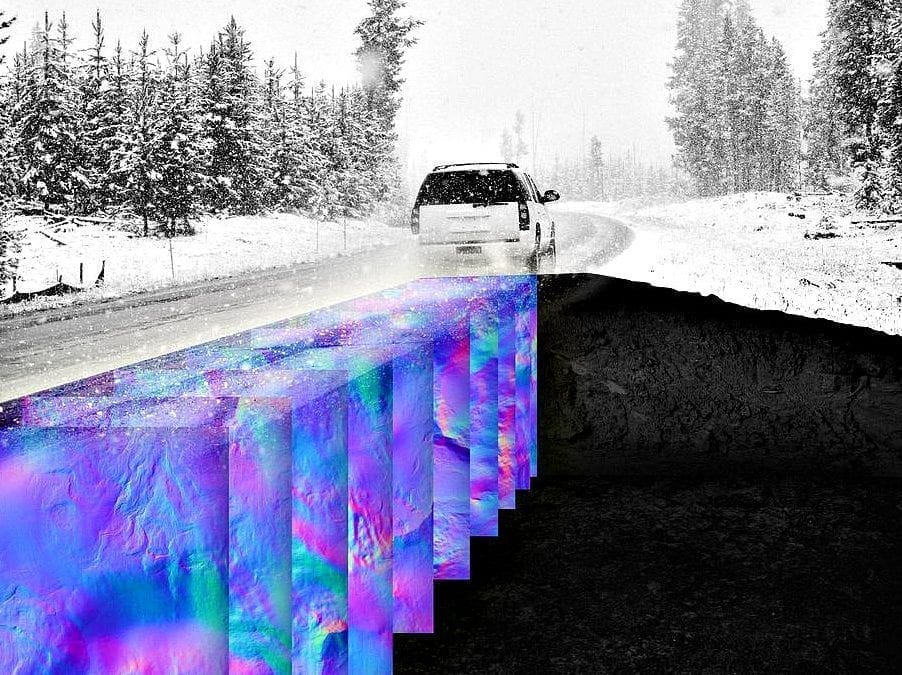

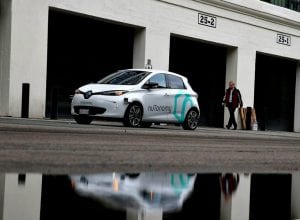

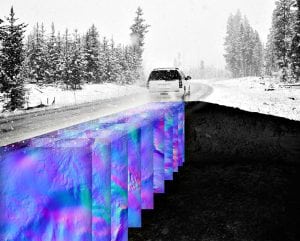
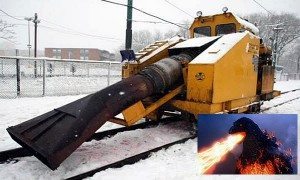
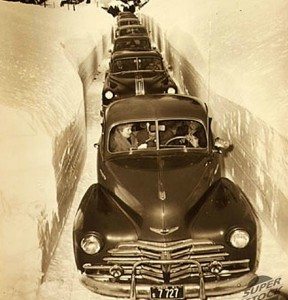
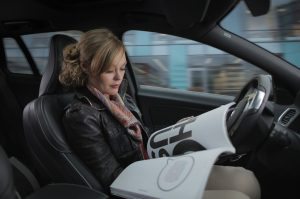


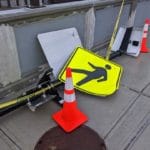










QuincyQuarry.com
Quincy News, news about Quincy, MA - Breaking News - Opinion
No more posts